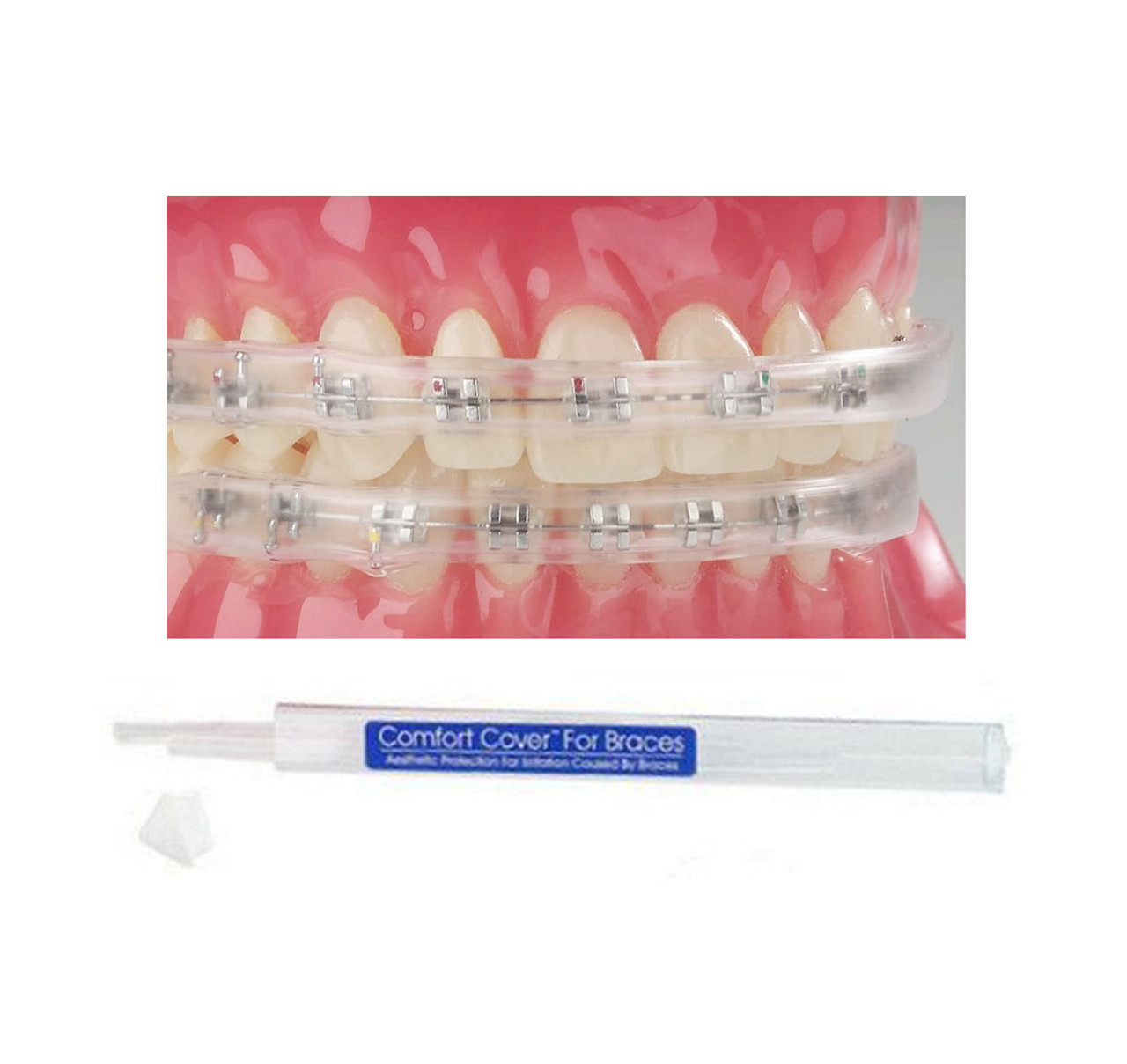Comprehensive Guide to Orthodontics Treatments for Fixing Oral Imbalances
In the world of orthodontics, the trip to accomplishing a flawlessly lined up smile entails a myriad of procedures tailored to deal with dental misalignments. From typical dental braces to unnoticeable aligners and even medical options, the area of orthodontics uses a range of remedies to address differing degrees of dental abnormalities. Comprehending the details of each treatment, including their mechanisms, advantages, and prospective drawbacks, is critical in making informed decisions concerning one's orthodontic treatment. As we browse with the extensive overview to orthodontic procedures for fixing oral misalignments, the intricate information of each technique will certainly unravel, clarifying the path toward a harmonious and practical dental placement.
Orthodontic Procedures Review

Routine adjustments and monitoring are critical components of orthodontic therapy to make sure progress is on track and to make any kind of needed adjustments along the way. By undertaking orthodontic treatments, individuals can not only accomplish a straighter smile yet likewise enhance their total oral health and feature.
Conventional Dental Braces: Just How They Work
When taking into consideration orthodontic therapies for dental imbalances, typical dental braces stand out as a time-tested method for correcting teeth positioning. Standard dental braces contain brackets, wires, and bands that collaborate to use continual pressure on the teeth, gradually moving them into the desired alignment. The braces are connected to the teeth utilizing an unique adhesive, and the cables are threaded with the brackets. By readjusting the tension of the cables, orthodontists can manage the instructions and pressure put on each tooth, guiding them into proper positioning with time.
As stress is applied to the teeth with the dental braces, the bone bordering the teeth is reshaped to support the new tooth settings. Individuals will certainly need regular modifications at the orthodontist's workplace to make certain the braces proceed to apply the proper stress for reliable teeth activity.
Invisible Aligners: Pros and Disadvantages
These clear, custom-made trays are practically invisible when put on, making them an attractive choice for individuals seeking a much more visually pleasing orthodontic treatment. Patients can remove the aligners before eating or cleaning their teeth, reducing the threat of food obtaining stuck in the appliance and simplifying the cleaning procedure.

Surgical Orthodontic Options
Surgical treatments in orthodontics present sensible choices for addressing intricate dental imbalances that might not be successfully settled via standard orthodontic treatments. While typical braces and unseen aligners can remedy several orthodontic concerns, specific instances need medical treatment to attain ideal outcomes. Surgical orthodontic options are normally recommended for serious malocclusions, significant jaw inconsistencies, and situations where the underlying bone structure requires modification to accomplish correct alignment.
One usual surgical orthodontic procedure is orthognathic surgical procedure, which involves repositioning the jaws to remedy practical problems such as trouble speaking or chewing. This surgical procedure is commonly performed in collaboration with an orthodontist that helps align the teeth before and after the treatment. Surgical orthodontics may additionally involve treatments to expose affected teeth, eliminate excess periodontal cells, or improve the jawbone to create an extra harmonious face account.
Prior to taking into consideration surgical orthodontic choices, patients go through a detailed examination to figure out the need and possible benefits of such interventions. braces. While surgical treatment might appear overwhelming, it can considerably improve both the feature and aesthetics of the smile in cases where standard orthodontic treatments fail
Retainers and Post-Treatment Care

Failing to conform with post-treatment care guidelines can result in relapse, where the teeth gradually move back in the direction of their original settings. Consistent retainer wear, excellent oral hygiene, and regular oral check-ups are crucial for preserving the results attained with orthodontic surgical treatment and making sure the long-lasting security of the fixed oral alignment.
Conclusion
In final thought, orthodontic treatments provide numerous choices for remedying dental imbalances. Conventional dental braces use metal braces and wires to move teeth Continue right into proper positioning. Unseen aligners supply a more discreet option but might not appropriate for all cases. Surgical orthodontic choices are offered for much more severe misalignments. Retainers are frequently made use of post-treatment to preserve the new positioning. Generally, orthodontic treatments can properly improve oral wellness and aesthetic appearance.
As we navigate through the extensive overview to orthodontic procedures for correcting dental misalignments, the complex details of each approach will unravel, shedding light on the path towards a harmonious and practical dental alignment. - orthodontics
One of the most usual orthodontic treatments is the use of braces, which consist of metal braces and cords that use gentle pressure to progressively move teeth right into the preferred setting.When thinking about orthodontic treatments for dental imbalances, conventional braces stand out as a reliable technique for remedying teeth placing. In addition, unseen aligners might not be appropriate for complicated orthodontic issues that call for even more substantial teeth activity, as they are normally continue reading this suggested for mild to moderate instances. Retainers are tailor-made orthodontic devices designed to hold teeth in their corrected positions after the completion of orthodontic treatment.